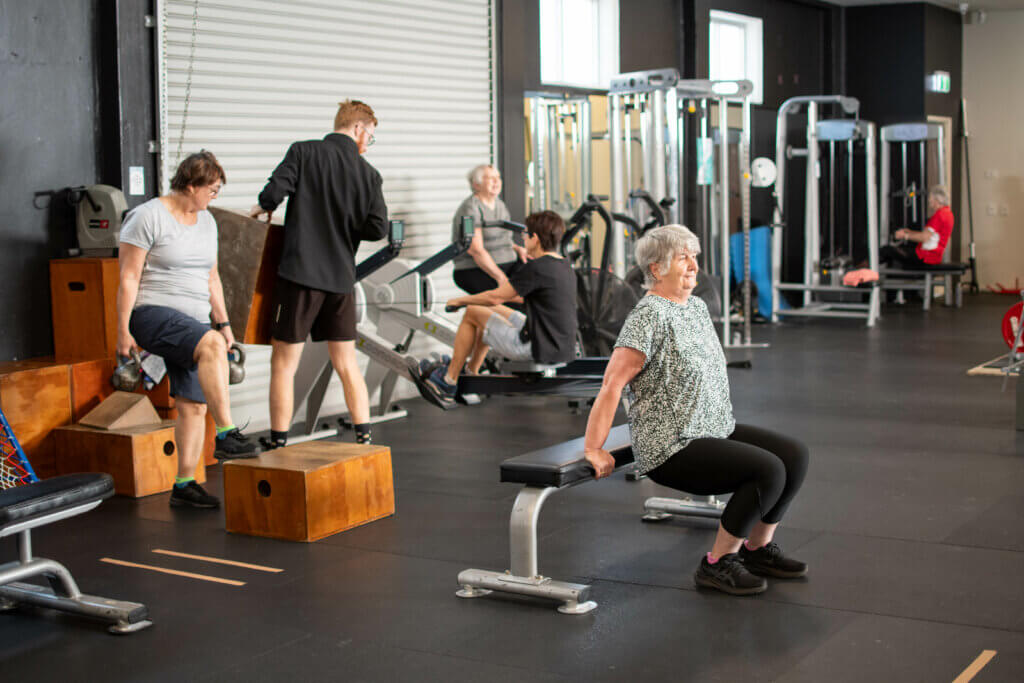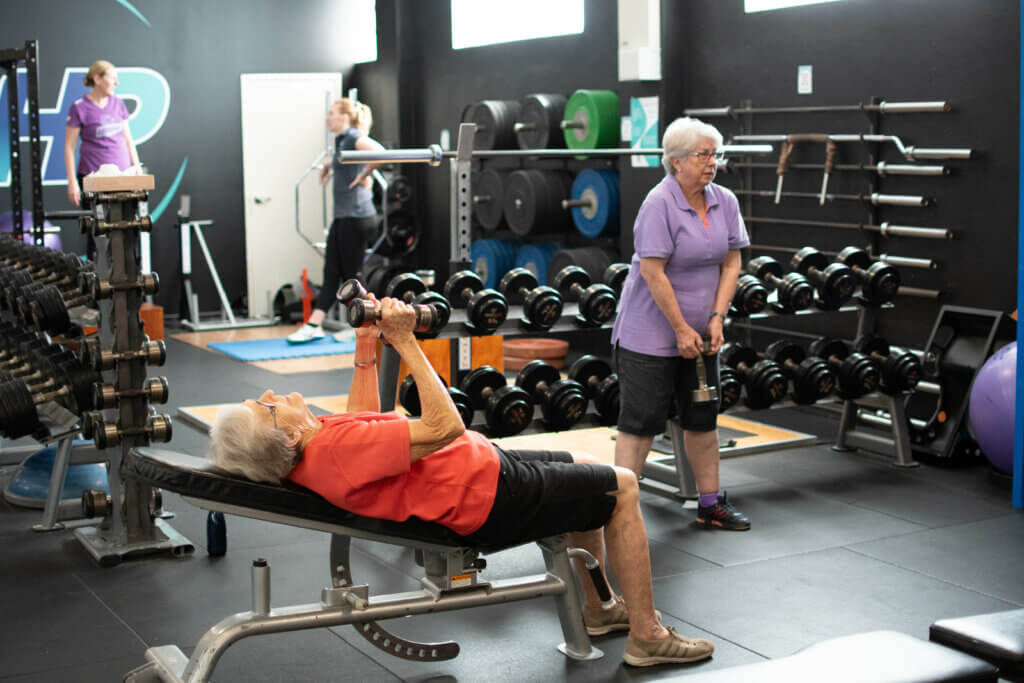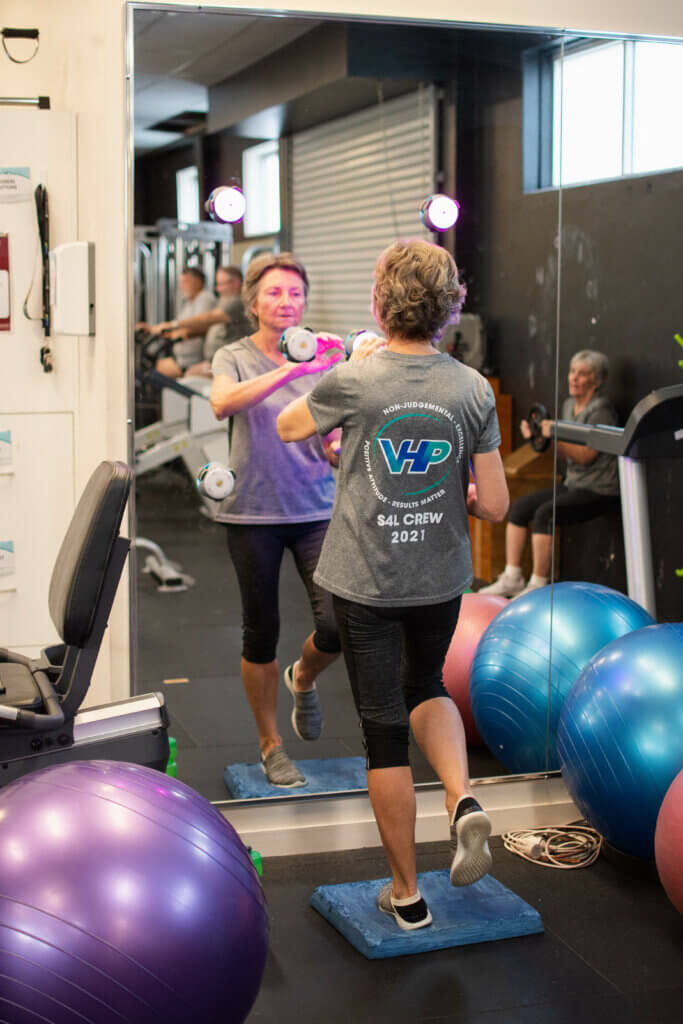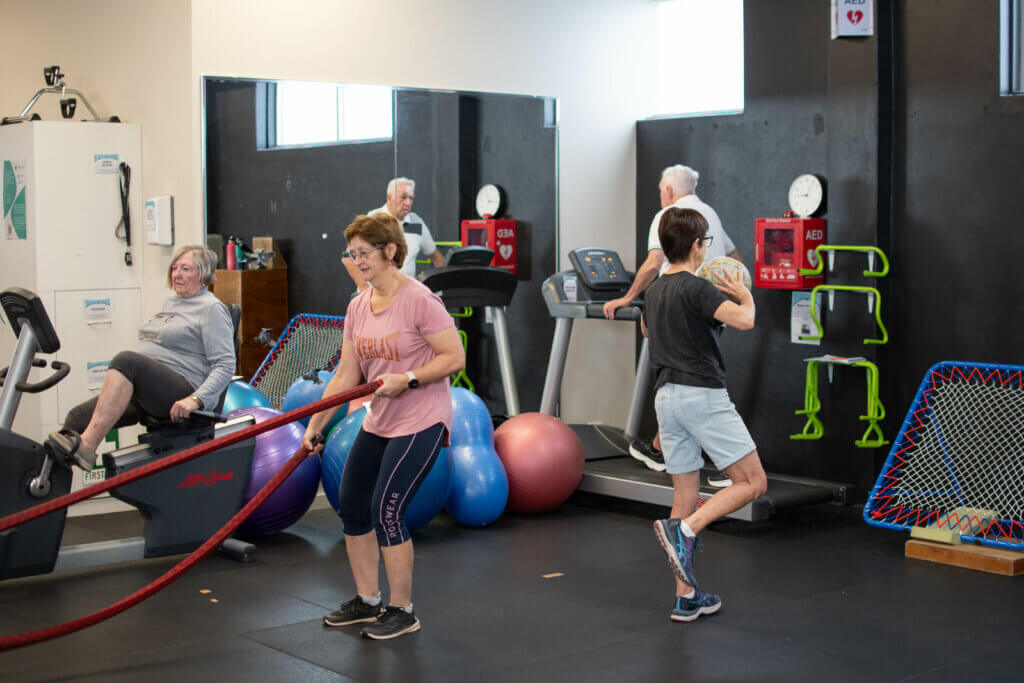Strength Training for Women Over 50: Staying Strong and Healthy
Strength training is an essential component of a well-rounded fitness routine, especially for women over 50. As we age, maintaining muscle mass and bone density becomes increasingly important to ensure overall health, functional independence, and quality of life. Here’s what you need to know about strength training for women over 50, including its benefits, effective exercises, and tips for getting started.
Benefits of Strength Training for Women Over 50
Preserves Muscle Mass:
Muscle mass naturally declines with age, leading to a loss of strength and mobility. Strength training helps preserve and build muscle, maintaining functional abilities and independence.
Increases Bone Density:
Weight-bearing exercises stimulate bone growth and help prevent osteoporosis, reducing the risk of fractures and bone-related injuries.
Improves Metabolism:
Strength training boosts your metabolism, helping to manage weight more effectively by increasing muscle mass, which burns more calories at rest.
Enhances Balance and Coordination:
Regular strength training improves balance, coordination, and stability, reducing the risk of falls and enhancing overall physical performance.
Boosts Mental Health:
Exercise, including strength training, releases endorphins that improve mood and reduce symptoms of anxiety and depression. It also promotes better sleep and overall well-being.
Supports Joint Health:
Strengthening the muscles around joints provides better support and reduces pain and stiffness associated with arthritis and other joint conditions.


Basic Strength Training Exercises
Squats:
Benefits: Strengthens the thighs, hips, and buttocks.
How to Do It: Stand with feet shoulder-width apart, lower your body as if sitting in a chair, keeping your knees behind your toes, then rise back up.
Push-Ups:
Benefits: Works the chest, shoulders, and triceps.
How to Do It: Start in a plank position with hands slightly wider than shoulder-width. Lower your body until your chest nearly touches the floor, then push back up.
Dumbbell Rows:
Benefits: Strengthens the upper back and biceps.
How to Do It: Bend at the waist with a dumbbell in each hand, pull the weights towards your chest while keeping your elbows close to your body, then lower them back down.
Lunges:
Benefits: Targets the legs and glutes.
How to Do It: Step forward with one leg and lower your hips until both knees are bent at about 90 degrees. Push back to the starting position and repeat with the other leg.
Planks:
Benefits: Strengthens the core muscles.
How to Do It: Hold a push-up position with your body in a straight line from head to heels, keeping your core engaged.
Overhead Press:
Benefits: Works the shoulders and upper arms.
How to Do It: Hold dumbbells at shoulder height, press them overhead until your arms are fully extended, then lower them back down.
Deadlifts:
Benefits: Strengthens the lower back, glutes, and hamstrings.
How to Do It: Stand with feet hip-width apart, hold a barbell or dumbbells in front of your thighs, hinge at the hips to lower the weights while keeping your back straight, then return to standing.
Tips for Getting Started
Consult with a Professional:
Before beginning any new exercise routine, it’s important to consult with a healthcare provider or a fitness professional to ensure it’s safe for you.
Start Slow:
Begin with light weights and gradually increase the resistance as you become stronger. Focus on proper form to prevent injuries.
Warm Up and Cool Down:
Always start with a warm-up to prepare your muscles and joints, and finish with a cool-down to promote recovery and flexibility.
Consistency is Key:
Aim for at least two to three strength training sessions per week, allowing for rest days in between to let your muscles recover.
Listen to Your Body:
Pay attention to how your body feels during and after workouts. If you experience pain or discomfort, adjust the exercise or seek advice from a professional.
Stay Hydrated and Eat Well:
Proper nutrition and hydration are crucial for muscle recovery and overall health. Ensure you’re eating a balanced diet rich in protein, vitamins, and minerals.


What do you think?
Strength training is a powerful tool for women over 50 to maintain health, vitality, and independence. By incorporating regular strength exercises into your routine, you can enjoy numerous physical and mental health benefits, improving your quality of life. If you’re new to strength training or need guidance, our clinic offers personalised fitness programs to help you get started safely and effectively.
